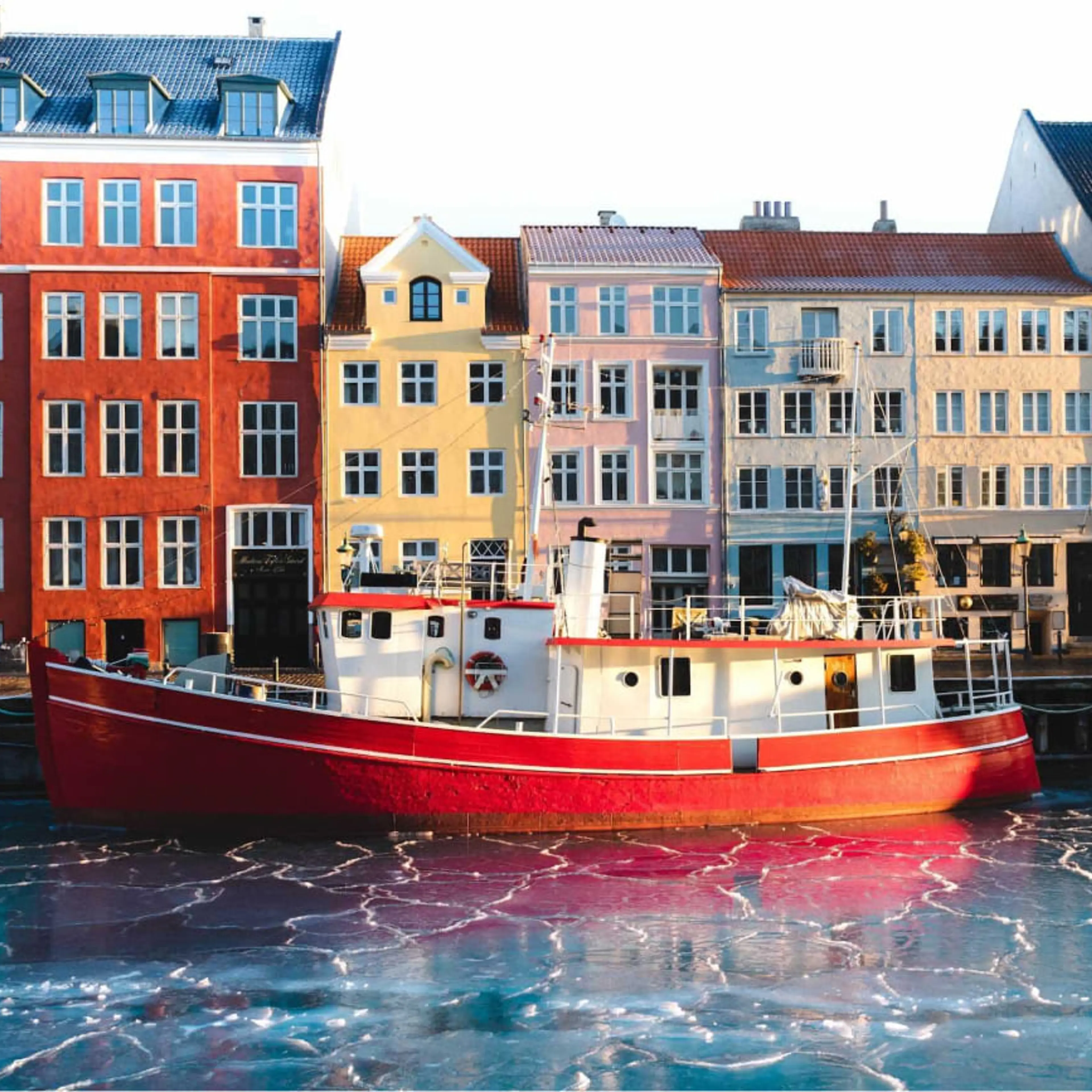The General Practitioner. The Health Visitor. Municipal Employees. And a team of doctors and nurses from various parts of the hospital system. These are examples of some of the professionals with whom Lone Graff Stensballe’s patients come into contact. She is a professor and pediatrician at Rigshospitalet, where she encounters seriously ill children who require round-the-clock monitoring and respiratory assistance.
“It is my clear experience that it is quite challenging for us to collaborate, and it is equally difficult for the patient and their family when we lack a completely clear approach to cooperation. As part of my Master of Public Governance (MPG) education, I have chosen the module on public administration leadership (taught in Danish). I want to avoid patients experiencing a treatment process in disjointed stages across vastly different worlds that struggle to communicate,” she says.
According to Lone Graff Stensballe, the Danish hospital system still exhibits a highly siloed approach.
“We are trained to excel within our own silos, and we find it somewhat uncomfortable to venture into others’ territories,” she explains.
After completing the module on public administration leadership earlier this summer, one particular point has become clear to Lone Graff Stensballe:
“I learned not to cling to my own solution as the sole possibility. The moment you believe you’ve found the right solution, true collaboration becomes impossible. Throughout the MPG education, we often discuss viewing problems from others’ perspectives. This becomes even more relevant when dealing with public administration leadership, which is a genuinely challenging task but absolutely crucial for providing citizens with proper service.”
Ask the Patients
In connection with the course on ‘Public Administration Leadership: Strengthening Cross-Organisational Collaboration on Complex Issues,’ Lone Graff Stensballe has specifically focused on one issue: the collaboration between the BørneUngeKlinik (Child and Youth Clinic) at Rigshospitalet, where she is employed, and Respirationscenter Øst (Respiratory Center) in Glostrup. A recurring question is when a child should be transferred from Rigshospitalet to Glostrup, where a so-called respiratory support team, along with parents, is trained to monitor the child round the clock at home.
Part of the module involves action learning, where participants, under guidance, initiate self-selected mini-interventions. These interventions can range from analyses and workshops to user testing and pilot projects.
‘We may disagree on professional matters, but we cannot disagree that if patients perceive the pathways we create together as disjointed, we have a huge problem. Therefore, we have initiated a project where we ask families about their experiences with these pathways,’ explains Lone Graff Stensballe.
She also takes another important point from the course: ‘I have come to appreciate what the system can do and how well it functions. I’m not blindly optimistic, but I believe it’s essential to acknowledge our competence. We’ve seen this during the COVID-19 crisis. Of course, there’s room for criticism, but we lose motivation entirely if we forget to discuss what the state and we can achieve when working together.’
Cooperation must be made more efficient
According to Lone Graff Stensballe, joint public management is also a piece in the continued development of the public sector:
"I think New Public Management has increased efficiency silo-wise, and that has been needed. Now I don't think we can optimize much more with that approach. On the contrary – if we tighten the screw more, we start to destroy the system. The next thing we need to streamline is collaboration, and structures must be found for that.”
That is why the two departments that take care of the seriously ill children at Rigshospitalet and in Glostrup have agreed on "something as impractical" as a half-hour meeting between the doctors every Friday morning, Lone Graff Stensballe tells:
"It means a lot to the collaboration that we can talk together about the patients and when they have to be moved from one place to another. We meet at Rigshospitalet on Blegdamsvej, and I can say: 'The baby is actually right here, do you want to come in and see it and say hello to the family?'"
The alternative was, in the words of Lone Graff Stensballe, to send an inquiry about moving a patient into cyberspace and wait at least a month for a response.
In addition to the two hospital departments, there are many other professional groups that the sick child and the family are also in contact with. For example, the health nurse.
"Here's the attitude: We're too busy to call the health nurse and put her through the situation. It's a bit too difficult. But if we contact her and she gets to know the patient, then we are already much better off. As public servants, we are obliged to make things better through innovation and ideas," says Lone Graff Stensballe and adds:
"I see the MPG module 'Management of reform and change' as an important entry point to working with joint public management to get a glimpse of the fact that the public sector is subject to reforms and changes which, despite much criticism, can actually move things. And there are good opportunities for change in joint public management.”




